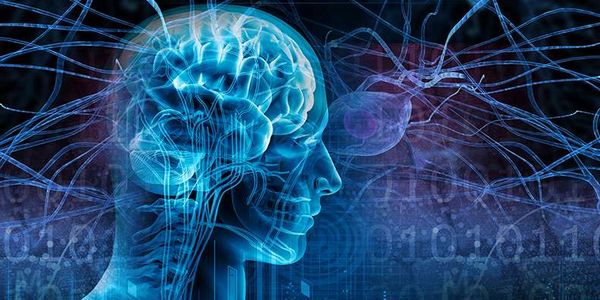Vestibular nejronit — treatment of disease. Symptoms and prevention of diseases of vestibular nejronit

Vestibular nejronit – inflammatory defeat vestibular ganglion neurons VIII pair cerepnah nerves (vestibulocochlear nerve), occurs without attacks and violations of auditory function.
Vestibular nejronit — causes
Causes of vestibular nejronita not completely studied. It is expected the viral etiology, because the disease is most likely to occur during or shortly after angina, Flu, inflammation of the upper respiratory tract, sinusitis and other infectious diseases.
Symptoms of vestibular nejronita
The disease manifests as a separate sudden long bout of Vertigo, which is often accompanied by nausea, vomiting, violation of equilibrium, spontaneous nystagmus. An attack lasts 7-10 days, symptoms are magnified when movements of the head or body position changes.
Acute Vertigo typically occurs spontaneously, However, residual vestibular dysfunction, manifest violation of equilibrium, particularly pronounced when walking or quick turns of a head, can last from a few days to 2-3 months.
Vestibular nejronit — Diagnostics
Diagnosis of vestibular nejronita based:
- the clinical picture of the disease – sharp and relatively long (from a few hours to several days) vestibular vertigo, accompanied by volatility, vertical or horizontal rotatornym spontaneous nystagmus with oscillopsiej, nausea and vomiting;
- based on kaloricheskoj samples – vestibular hypo-or arefleksiju on the side of the lesion;
- based on a evoked vestibular capacities in case of rarely occurring defeats a lower branch of vestibular nerve, When negative sample kaloricheskaja;
- on the basis of high resolution magnetic-resonance imaging (MRT) with gadoliniem – perhaps identifying indirect signs of vestibular nejronita.
Vestibular nejronit — classification
There are two forms of the disease:
- Acute vestibular nejronit. This type of illness is not so dangerous, because disappears within six months.
- Chronic vestibular nejronit. It is characterized by volatility and rare bouts of Vertigo, that might resemble Meniere's disease, so this form of the disease is significantly more dangerous.
Two types of symptoms of the disease are very similar, but because it put the correct diagnosis can only doctor.
Vestibular nejronit — patient
Camolechenie absolutely impossible. You must consult your doctor.
Treatment of vestibular nejronita
Because head movement and external stressors increase dizziness, patient reviews for 1-2 days bed rest.
Fixing the gaze nystagmus and dizziness when decreases peripheral vestibular violations. Often the condition is improving – even more, than when lying down with eyes closed, – If sick fix view on any subject close, eg, on the picture, alarm clock or lifted up finger.
Medicamental therapy: for expediting the re lation ve BU sty in the Azerbaijan language and PE Noi bi Li and variation and improving function but Rav ve ment this appoint vestibulosupressory, but on the trails and assess RA ture you, angioprotectors, vitamins. Elimination of infection and anti-inflammatory treatment accelerate recovery.
After a short episode of acute Vertigo patients shows vestibular exercises, the classes promote quick recovery and return the working activities. At first, exercising may be accompanied by considerable discomfort, but when regular classes discomfort pass.
Vestibular nejronit — Complications
Vestibular nejronit has a favorable prognosis. It does not cause complications. After the disappearance of clinical manifestations of the disease is considered to be healed. Even if you do not fully restore the function of vestibular nerve people, moved nejronit, not experiencing discomfort due to compensatory processes. In 2% patients relapse of disease occurs, where affected vestibular nerve on the other side.
Prevention of vestibular nejronita
Because the disease is linked with viral infections, the prevention of these infections, to some extent,, can prevent the occurrence of vestibular nejronita. Other prevention measures does not exist yet.
